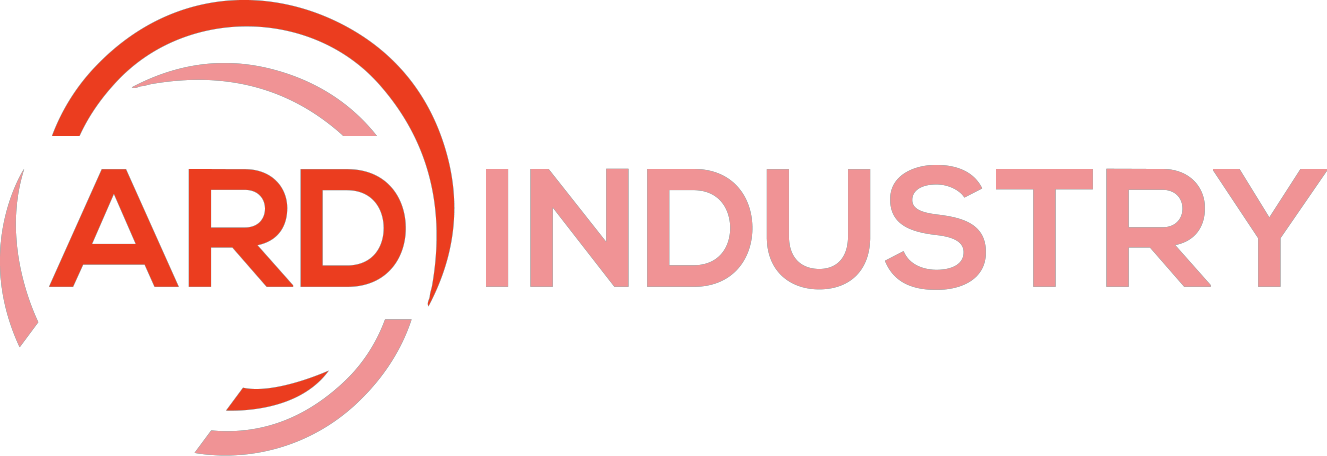Are your marketing campaigns reaching the right audience? Do you often feel like your efforts are scattered, hoping for results that never quite meet your expectations? In today’s highly competitive marketing landscape, simply creating campaigns isn’t enough. If you’re not targeting the right audience with the right message, you’re losing opportunities. The solution? Market segmentation. By dividing your target market into smaller, more focused groups, you can create tailored campaigns that speak directly to the needs and interests of your audience.
But how do you segment your market effectively? What techniques should you use, and how do you apply them for the best results?
This comprehensive guide will walk you through various market segmentation techniques, their importance, and how you can implement them to drive measurable success. Whether you’re a small business owner, a marketing professional, or a brand strategist, you’ll find actionable insights to refine your campaigns and boost ROI.
Let’s dive in!
What Is Market Segmentation and Why Does It Matter?
At its core, market segmentation is the process of dividing a broad target audience into smaller, well-defined groups of consumers. These groups share similar characteristics, needs, or behaviors that allow businesses to market their products or services more effectively.
Why Is Market Segmentation Important?
- Precision Targeting: Instead of using a one-size-fits-all approach, segmentation helps you focus on specific groups with tailored messaging.
- Improved Personalization: Consumers respond better to content that resonates with their needs, pain points, and interests.
- Efficient Budget Allocation: By narrowing down your audience, you invest resources where they’re most effective.
- Better Customer Engagement: Understanding your audience allows you to create meaningful interactions that drive loyalty.
- Higher Conversion Rates: Targeted campaigns are far more likely to convert because they align with audience expectations.
Example: Imagine you sell athletic shoes. Instead of targeting “everyone who exercises,” market segmentation allows you to focus on specific groups—such as runners, gym-goers, or outdoor enthusiasts—and deliver tailored messaging that appeals to their unique needs.
The Four Core Types of Market Segmentation
To segment your market effectively, it’s essential to understand the four primary types of market segmentation. Each type has its unique applications and benefits.
1. Demographic Segmentation
What Is It?
Demographic segmentation divides your audience based on measurable traits such as:
- Age
- Gender
- Income level
- Education
- Occupation
- Family size
Why It Works: Demographic data is readily available and offers a straightforward way to group audiences. It’s especially useful for products or services that appeal to a particular age group, gender, or income bracket.
Example: A luxury fashion brand might target high-income professionals aged 30-50, while a college loan provider focuses on students aged 18-24.
Pro Tip: Use customer surveys, social media insights, and industry reports to gather accurate demographic data. Tools like Google Analytics or Facebook Audience Insights can help you break this information down.
2. Geographic Segmentation – Market Segmentation
What Is It?
Geographic segmentation categorizes audiences based on their location, such as:
- Country or region
- State or city
- Urban, suburban, or rural areas
- Climate or environmental factors
Why It Works: Location often influences consumer behavior, preferences, and needs. Geographic segmentation helps you adapt your messaging to match regional characteristics.
Example: A swimwear brand might target coastal regions or areas with warmer climates, while a winter apparel company focuses on colder regions.
Pro Tip: Consider local languages, culture, and purchasing patterns to make your messaging more relatable. Location-based advertising tools, like Google Ads’ geotargeting feature, can help streamline your efforts.

3. Psychographic Segmentation
What Is It?
Psychographic segmentation delves into the psychological and emotional aspects of your audience, such as:
- Lifestyle
- Interests and hobbies
- Values and beliefs
- Attitudes and personality traits
Why It Works: This approach allows businesses to connect with audiences on a deeper, emotional level. Psychographic data paints a more detailed picture of why people buy.
Example: A sustainable skincare brand might target eco-conscious consumers who prioritize natural products and ethical business practices.
Pro Tip: Collect psychographic data through in-depth customer surveys, social media analysis, or focus groups. Platforms like Facebook and Instagram provide rich insights into user interests and preferences.
4. Behavioral Segmentation
What Is It?
Behavioral segmentation focuses on how customers interact with your brand. This includes:
- Purchase behavior
- Brand loyalty
- Product usage
- Buying frequency
- Engagement level
Why It Works: Understanding behaviors allows you to design campaigns that target specific actions or buying patterns. It’s especially useful for re-engaging past customers or rewarding loyal ones.
Example: A coffee subscription company might offer a special discount to customers who consistently purchase a specific blend or reward loyal subscribers with bonus products.
Pro Tip: Use CRM systems and analytics tools to track customer behavior. Data-driven insights help you craft hyper-personalized campaigns that drive engagement.
Advanced Market Segmentation Techniques
While the four core types form the foundation, advanced techniques can refine your segmentation strategy even further. Let’s explore a few:
1. Firmographic Segmentation (for B2B)
If you’re targeting businesses rather than individual consumers, firmographic segmentation is key. It groups companies based on:
- Industry
- Company size
- Revenue
- Location
- Growth stage
Example: A SaaS company offering accounting software might target small businesses under $5 million in revenue while offering enterprise-level features for large corporations.

2. Needs-Based Segmentation – Market Segmentation
Needs-based segmentation identifies audiences based on specific problems or needs your product solves.
Example: A financial advisor might create separate campaigns for clients who need retirement planning versus those focused on wealth building.
3. Value-Based Segmentation
This technique focuses on the value customers bring to your business—particularly in terms of revenue potential. By identifying high-value customers, you can prioritize efforts to maximize ROI.
Example: Airlines offer exclusive rewards to frequent flyers because they recognize their long-term value.
Steps to Implement Market Segmentation in Your Campaigns
Implementing segmentation requires a clear strategy. Here’s a step-by-step approach:
1. Collect Data
Gather demographic, behavioral, geographic, and psychographic data using:
- Website analytics
- Social media insights
- CRM tools
- Customer surveys
2. Define Your Segments
Analyze the data and identify meaningful segments that align with your business goals. Ensure they are measurable, substantial, and accessible.
3. Develop Targeted Messaging – Market Segmentation
Craft tailored content, offers, and CTAs that speak directly to each segment. Adjust your tone, visuals, and delivery method accordingly.
4. Test and Optimize
Use A/B testing to refine your campaigns. Track key metrics such as conversions, click-through rates, and engagement to identify what works best.
Real-Life Examples of Effective Market Segmentation
- Amazon: Uses behavioral segmentation to provide personalized product recommendations based on purchase history.
- Nike: Targets athletes and fitness enthusiasts by aligning campaigns with psychographic traits like motivation and performance.
- Coca-Cola: Adapts messaging based on geographic and demographic segments, offering diet options for health-conscious audiences.

Final Thoughts: Market Segmentation
Market segmentation is the cornerstone of effective marketing campaigns. By understanding and segmenting your audience, you can create tailored strategies that resonate, engage, and convert. Start with core segmentation types, refine your approach with advanced techniques, and continually test for improvement.
The result? Stronger connections, optimized resources, and better ROI.









[…] research datasets often feel like a tangled mess of information. Market segmentation brings order to this chaos. By dividing the data into smaller, well-defined segments, researchers […]